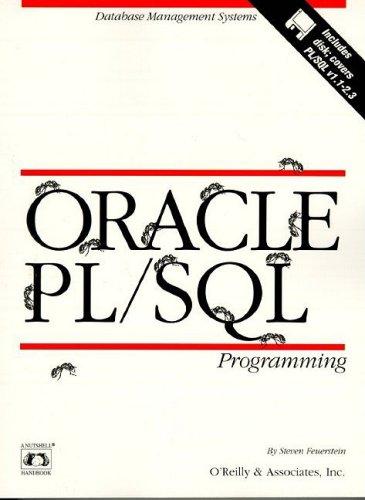Question
Java: Part 1 Finding Least Expensive Routes (50 points) Consider the problem of finding the least expensive routes to all cities in a network from
Java:
Part 1 Finding Least Expensive Routes (50 points)
Consider the problem of finding the least expensive routes to all cities in a network from a given starting point. For example, in the network shown on the map below, the least expensive route from Pendleton to Peoria has cost 8 (going through Pierre and Pueblo).
The following helper class expresses the distance to another city:
public class DistanceTo implements Comparable
{
private String target;
private int distance;
public DistanceTo(String city, int dist)
{
target = city; distance = dist;
}
public String getTarget() { return target; }
public int getDistance() { return distance; }
public int compareTo(DistanceTo other)
{
return distance - other.distance;
}
}
All direct connections between cities are stored in a Map
The algorithm now proceeds as follows:
Let from be the starting point.
Add DistanceTo(from, 0) to a priority queue.
Construct a map shortestKnownDistance from city names to distances.
While the priority queue is not empty
Get its smallest element.
If its target is not a key in shortestKnownDistance
Let d be the distance to that target.
Put (target, d) into shortestKnownDistance.
For all cities c that have a direct connection from target
Add DistanceTo(c, d + distance from target to c) to the priority queue.
When the algorithm has finished, shortestKnownDistance contains the shortest distance from the starting point to all reachable targets.
Your task is to write a program that implements this algorithm. Your program should read in lines of the form city1 city2 distance. The starting point is the first city in the first line. Print the shortest distances to all other cities
Part 2 Reversing a Linked-List using Stack (50 points)
Write a program that creates a Linked-List object of 10 Strings of Ransom sizes, then:
creates a second Linked-List object containing a copy of the first list, but in reverse order. You must use a stack to reverse the Strings.
Step by Step Solution
There are 3 Steps involved in it
Step: 1

Get Instant Access to Expert-Tailored Solutions
See step-by-step solutions with expert insights and AI powered tools for academic success
Step: 2

Step: 3

Ace Your Homework with AI
Get the answers you need in no time with our AI-driven, step-by-step assistance
Get Started


